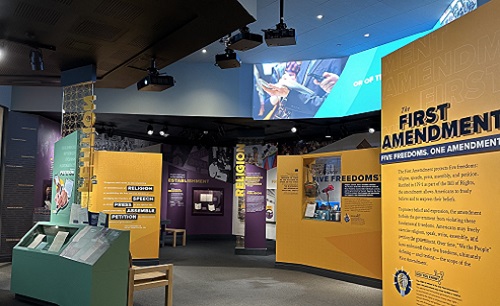This activity is part of Module 6: Separation of Powers and Federalism from the Constitution 101 Curriculum.
When crafting a new Constitution, the framers were concerned about the threats posed by a powerful new national government. To guard against potential abuses of power, the Founding generation divided power.
In this activity, you will continue to explore the separation of powers and checks and balances.
For each statement below, identify whose job it is:
- Which part of the government can pass a law lowering taxes?
- Which part of the government can nominate a new Supreme Court justice?
- Which part of the government approves a nominee for Secretary of State?
- Which part of the government can pardon someone for violating a federal law?
- Which part of the government can decide a legal case interpreting a new voting rights law?
- Which part of the government delivers a State of the Union address?
- Which part of the government can pass a law protecting civil rights?
- Which part of the government can issue a regulation enforcing the Clean Air Act?
- Which part of the government can propose a new amendment and send it to the states for ratification?
For each statement below, identify whose check it is:
- Which part of the government can impeach a federal judge?
- Which part of the government can reject a president’s nominee to the Supreme Court?
- Which part of the government can review a law and strike it down in a legal case if it does not meet the requirements of the Constitution?
- Which part of the government can veto a bill?
- Which part of the government can refuse to ratify a treaty?






